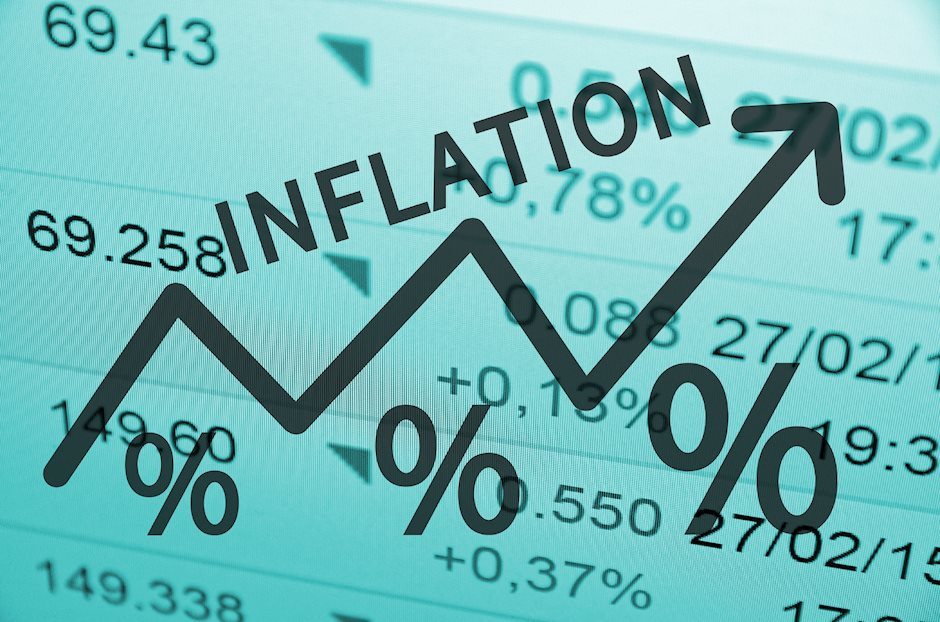US February PCE Inflation Preview: Bad news for the Dollar, good news for the Fed?
- United States Core Personal Consumption Expenditures Price Index is expected to stay at 4.7% YoY.
- Easing inflation would be welcome news for the Fed, but not for Dollar bulls.
- Markets are pricing in lower Fed Funds rates by December.

The Personal Consumption Expenditures (PCE) Price Index (Core PCE) data for February, which is the Federal Reserve's (Fed) preferred measure of inflation, will be released by the US Bureau of Economic Analysis on Friday, March 31 at 12:30 GMT. The report will also include changes in Personal Income and Personal Spending.
The Core PCE excludes volatile food and energy prices. The January report surprised market participants, by rising 4.7% YoY, above the 4.6% in December and surpassing estimates of 4.3%. It was the first increase in the annual rate after three months. The report was released on February 24, and it backed the case that interest rates must go higher for longer. However, this view was established before the Silicon Vally Bank (SVB) failure. Since then, a lot has changed.
Consensus sees the Core PCE rising 0.4% in February (MoM), and the annual rate steady at 4.7%. The headline is seen increasing by 0.2% in February, and a slowdown in the annual rate from 5.4% to 5.3%. Personal Spending is forecast to have risen by 0.3% after a 1.8% surge in January. Personal income is forecast to show an increase of 0.2%.
Last week, the Fed raised rates again as “Inflation remains elevated”, despite the recent turbulence in the banking sector. There is a new development that is having consequences and is “helping” the central bank tighten credit conditions. What the Fed could do next is uncertain, and markets know that. What is clear is that the interest rate cycle peak is near.
In February, the Consumer Price Index dropped to 6% (lowest since September 2021) from January’s 6.4%; the eighth consecutive month that the annual rate declined. The Core CPI fell for the fifth consecutive month to 5.5% from 5.6%, reaching the lowest since December 2021. Those numbers offer hope for a decline in the Core PCE.
If the Core PCE remained elevated in February, it would be bad news for the Fed. FOMC members would be in a complex spot battling inflation (with higher interest rates) while facing a crisis in the banking sector. Those numbers would pressure the Fed to do more (raise rates) in order to bring inflation back in control, hoping that the bank crisis tides over. Attempting to restore confidence in the banking industry while raising rates, after a long decade of near-zero interest rates, is not an easy task. However, this scenario would be bullish for the Dollar.
On the contrary, if the Core PCE eases, it would be great news for the Fed, but not for the Dollar. Signs that inflation continued to slowdown would alleviate the pressure for the Fed to do more. US bond yields could resume the slide and the US Dollar print fresh monthly lows. Traders should be aware that bond market volatility surged in March. The correlation between US yields and the US Dollar weakened during the current week, as the Greenback did not react to higher yields. The improvement in market sentiment could be the reason.
If the data points to a further slowdown in inflation and also in consumer spending and income, markets could see that the Fed’s job is near its end. Such a scenario should be dollar-negative. The recent turmoil increased the risk of a recession in the US, and the bond market signals investors expect rate cuts by the fourth quarter. They see inflation near or heading toward the target, and even a recession.
Still data-dependent
Overall, the impact on markets could be short-lived. The current environment is dominated by uncertainty about the outlook, as markets evaluate the impact on the economy from the banking crisis. Concerns about the health of the banking system persist, offsetting the relevance of economic data.
Prior to the SVB collapse that marked the beginning of the banking crisis, high inflation numbers would have increased the odds of the Fed going (even) “higher for longer”, but that has changed dramatically. Even in the case of a negative surprise (higher than expected inflation figures), markets will likely continue to look at high possibilities of rate cuts by the end of the year.
But as the Fed and many other central banks around the world say, they are “data-dependent” and the path of interest rates is uncertain. The next critical reports are Nonfarm payrolls (April 7) and the March Consumer Price Index (April 12). The next FOMC meeting is in May.
Premium
You have reached your limit of 3 free articles for this month.
Start your subscription and get access to all our original articles.
Author

Matías Salord
FXStreet
Matías started in financial markets in 2008, after graduating in Economics. He was trained in chart analysis and then became an educator. He also studied Journalism. He started writing analyses for specialized websites before joining FXStreet.
















